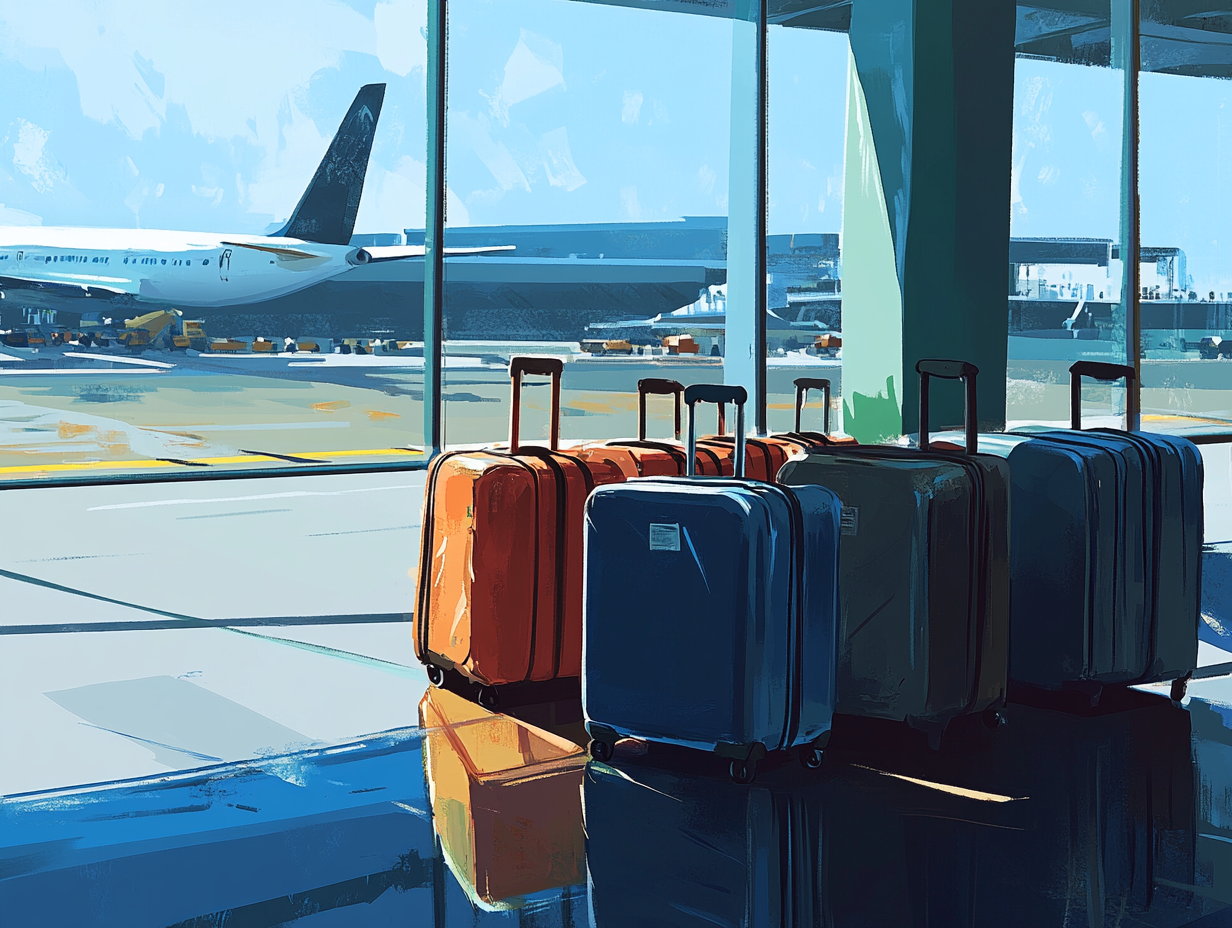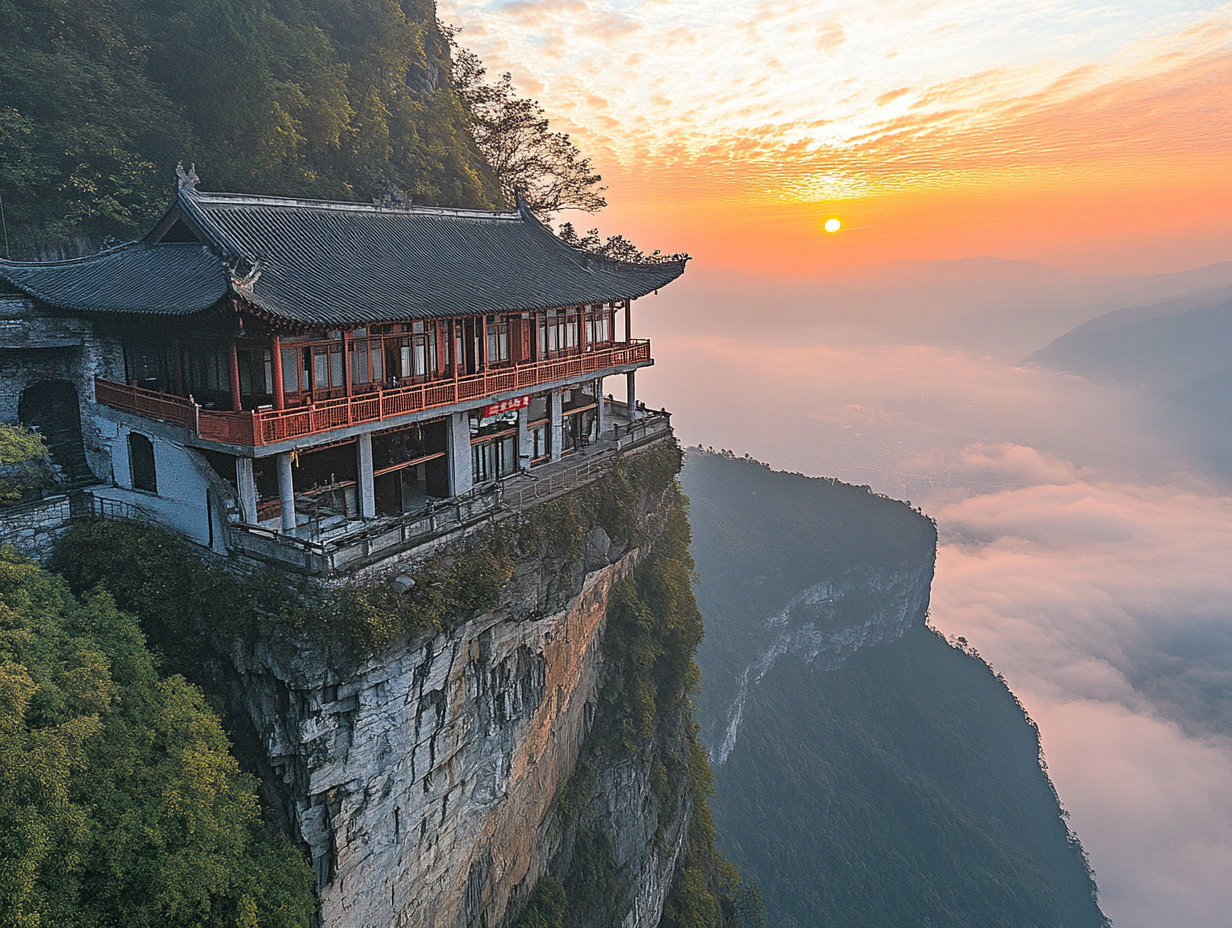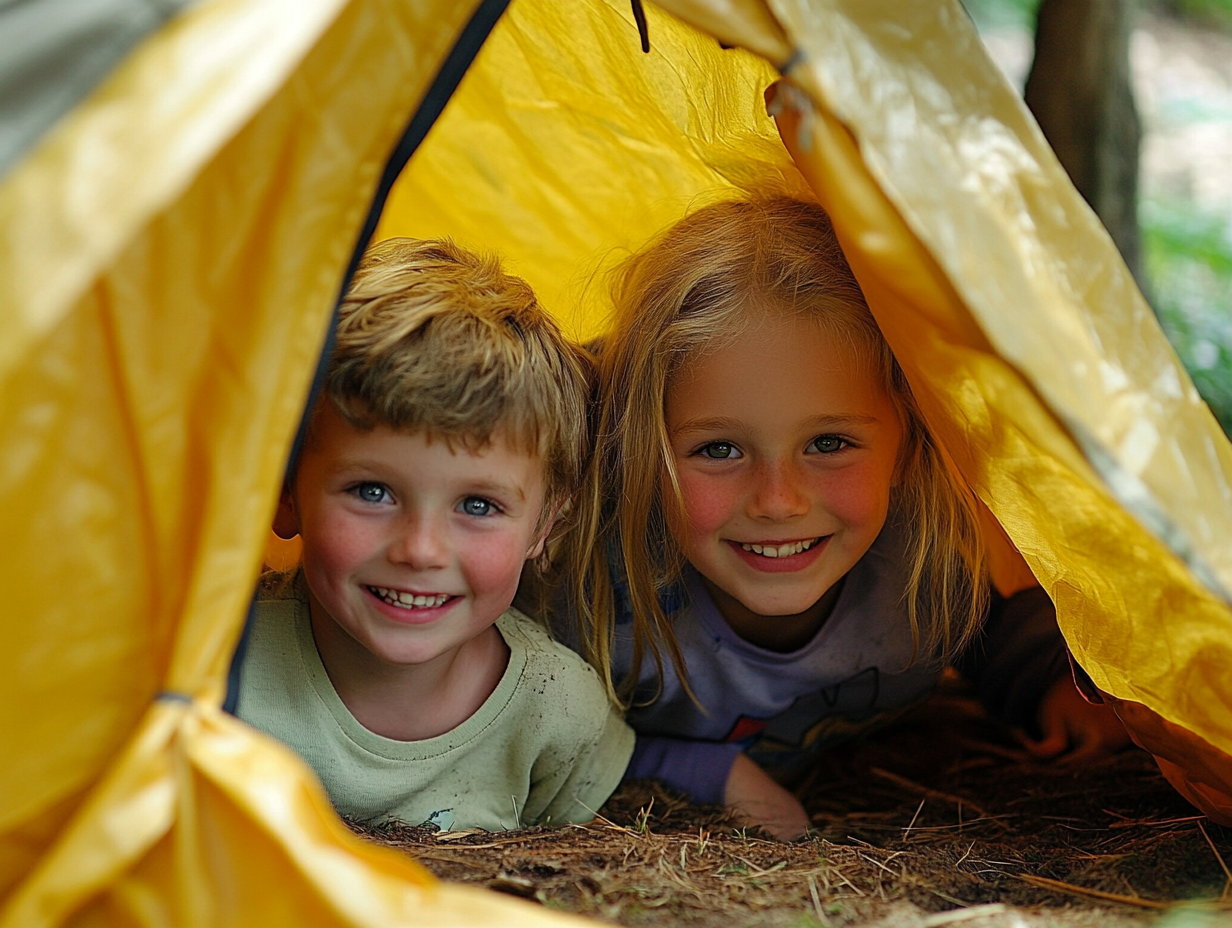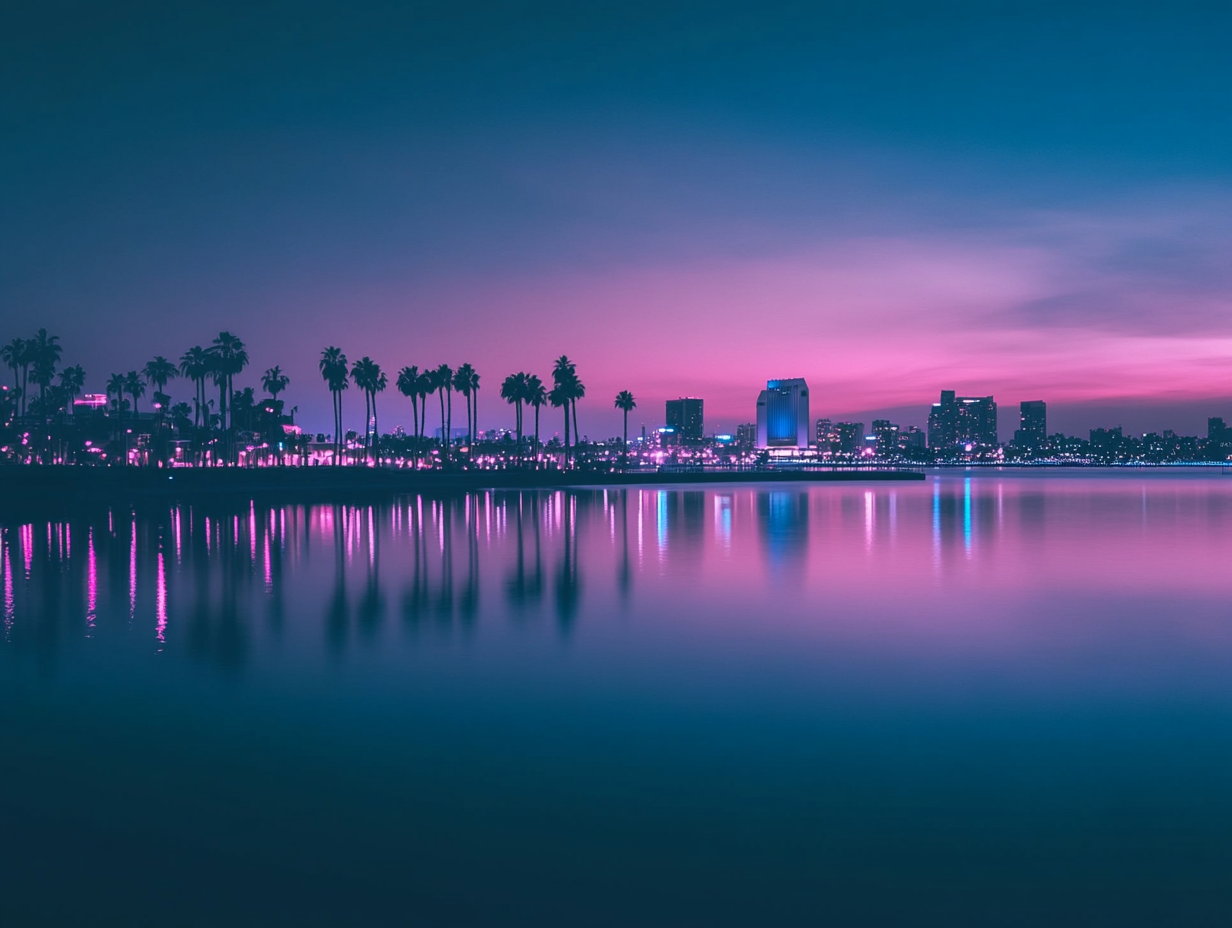Lost luggage can ruin your entire trip. Instead of enjoying nature and architecture, you’ll be on edge because of lost valuables and equipment.
Express tells you how to keep your luggage safe at the airport.
How not to lose your suitcase at the airport
Security expert Shahzad Ali shared his tips on how to protect your luggage while traveling. He advised choosing dark-colored suitcases to avoid attracting the attention of thieves.
“Although a new and colorful suitcase may look more fashionable, it won’t only be attractive to you. It’s best to choose a more common-looking suitcase, and if possible, a worn-out one — as to not stand out from the crowd — and with it, a high-quality padlock,” he says.
Shahzad recommends adding a distinguishing feature, such as a ribbon or sticker, to a plain black or gray suitcase, rather than a brightly colored accessory, so your luggage won’t be mistaken for someone else’s and go unnoticed.
The expert also advised travelers to keep track of all their belongings and to purchase a special tracking device to help locate their suitcase in case it is lost.



